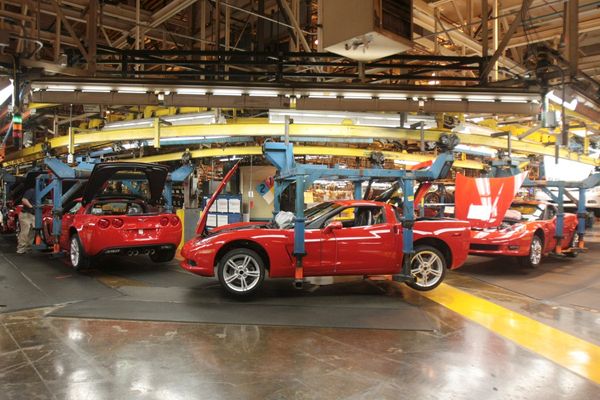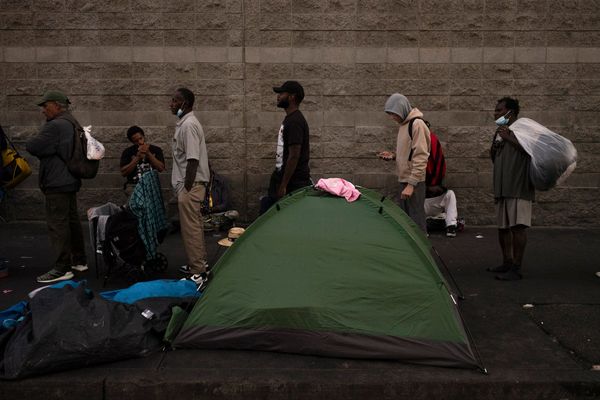The devastating floods sweeping through the Kimberley region of Western Australia have caused unimaginable destruction, leaving remote Indigenous communities stranded in its aftermath.
Heartbreaking reports detail community members desperately seeking assistance from loved ones in Perth. In one case, over 40 people were forced to seek refuge under one roof — unable to access emergency shelters filled beyond capacity.
Some Kimberley locals have taken matters into their own hands by using local boats for search and rescue missions. The government has also since begun organising delivering supplies to these communities in need. However, Derby Shire Council President Geoff Haerewa told the Guardian he felt authorities could have done “a lot more” to prepare for the flooding.
Climate disasters are no longer unprecedented, with both scientists and First Nations people warning of future disaster weather events. Australia needs to do better with disaster prevention, so vulnerable communities don’t have to go through this again.
Atmospheric rivers
Atmospheric rivers are long, narrow lanes of moist air transported in the atmosphere. According to the ARC Centre of Excellence for Climate Extremes, these weather patterns can be beneficial for breaking droughts. However they can contribute to heavy flooding, as we saw in last year’s floods in South East Queensland and NSW.
Scientists have identified that higher sea surface temperatures, increased concentrations of atmospheric rivers, and other climate-related events can lead to more severe floods, storms, droughts, and heatwaves.
Atmospheric rivers have devastated the Kimberley region with its highest level of rain since records began in 1904. Some areas received as much as 831mm of rain in a single week. Intense storms and cyclones in Western Australia have also caused heavy rainfall over the past several months.
Disaster management plans need to consider Indigenous peoples
Indigenous communities are among the most vulnerable to the impacts of climate change. Yet, current Australian disaster risk management approaches fail to consider the needs of Indigenous communities, such as housing shortages and reduced access to medical services. This leaves them vulnerable to disaster events like flooding. Most towns and communities in WA have no climate adaptation plans in place.
Some Indigenous communities in Australia are reliant on bush food and hunting for sustenance, especially for those living in outlying areas. These activities are made impossible when flood events occur, heightening pre-existing food insecurity issues faced within disaster-affected homelands.
Floods can also bring many health issues for local communities. Dangers include contaminated drinking water and being cut off from medical care and supplies due to infrastructure damage, as we are seeing now in the Kimberley region. Large amounts of standing water can also create an ideal environment for mosquitoes carrying viruses.
The aftermath of natural disasters can be especially devastating with physical damage to peoples’ homes and loss of community infrastructure - often accompanied by extreme financial hardship. For First Nations people, there is a deep spiritual impact as well. Some peoples are put under strain through loss of access to culturally important areas, or evacuation orders separating communities from their respective Countries.
More must be done to ensure the safety of communities whose remote location makes them vulnerable, including First Nations people. Indigenous communities need access to culturally sensitive and appropriate resources, better roads and infrastructure, water management systems, early warning systems and emergency preparedness programs. These communities also need long-term recovery plans made available after disaster events like this. Such as training and skills development, support for business recovery, and access to financial resources and culturally safe mental health support.
What we can learn from Indigenous flood knowledge
Indigenous knowledge from the Kimberley region could provide insight into climate change impacts. Stories and practices passed down through generations of First Nations peoples show how some cultures have addressed changing climates by finding ways to survive extreme weather events and looking after the land.
One example is the story “The Flood Ngawarra-kurlu” where an old man warned of rain coming, which would lead to flooding, and recommended people don’t sleep in creek beds. The people didn’t listen, resulting in them losing their belongings to the flood. This highlights the valuable lesson to governments of not building in flood plains.
Another is the East Kimberley Mulan peoples’ story “The Two Dingoes” which describes visible signs of incoming floods. The colour of the water coming through Sturt Creek and Paruku indicates how long communities will need to relocate to avoid flooding (milky colour water means a few months, red means a few days).
It’s time we include Indigenous knowledge when creating disaster risk management strategies and climate change adaptation plans. This is also in line with the reform commitments made by all Australian governments in the National Agreement on Closing the Gap.
In doing this, we can create more effective tools and methods to protect vulnerable people. This could ensure more comprehensive protection, and also have the potential to foster a greater appreciation of Indigenous cultures and experiences. It is through such collaboration we can create a better future for all communities in the face of climate change.
Toni Hay is Director for Indigenous Climate Change providing climate adaptation and disaster risk reduction services.
Courtney-Jay Williams works for Indigenous Climate Change providing climate adaptation and disaster risk reduction services.
This article was originally published on The Conversation. Read the original article.







